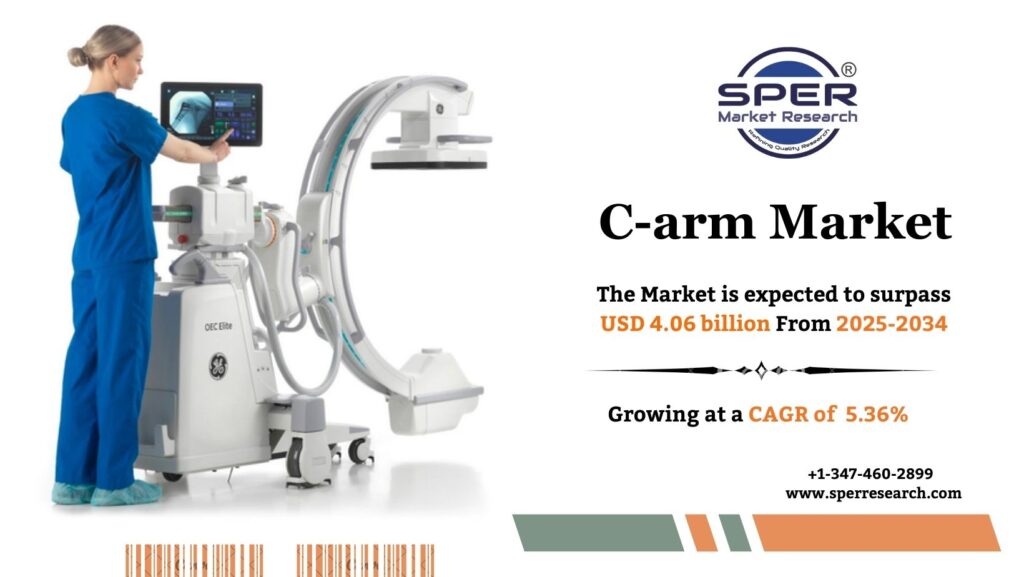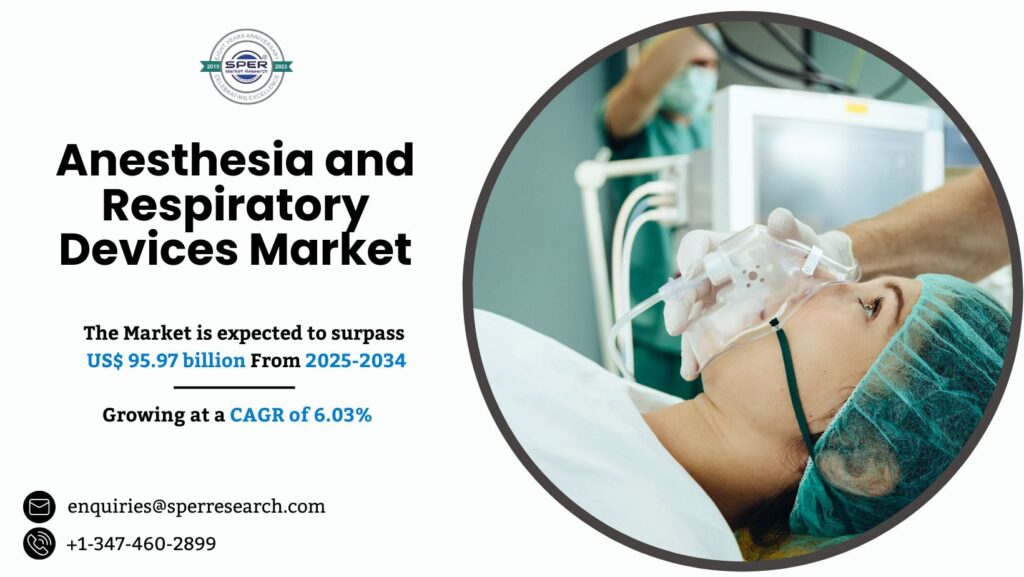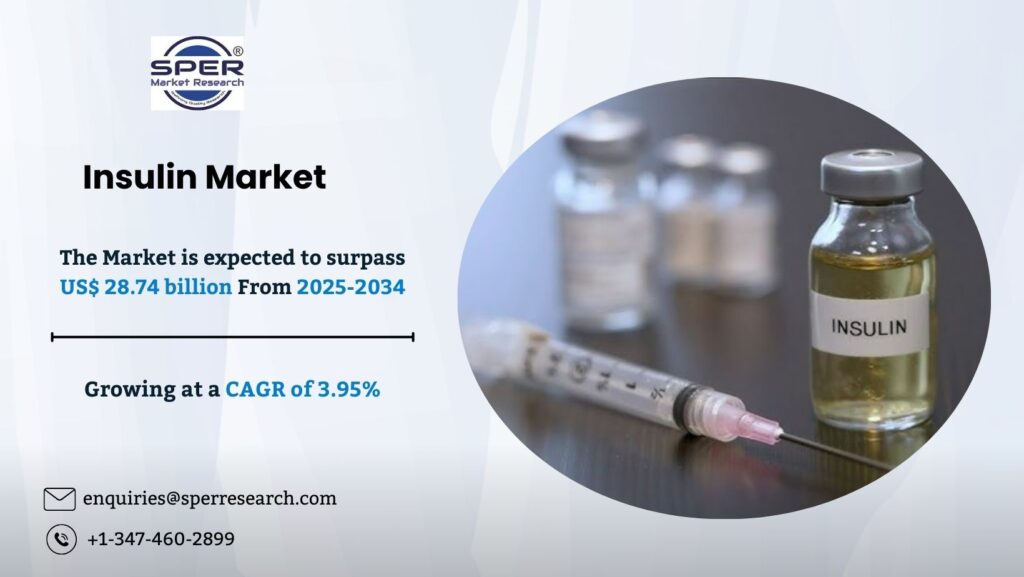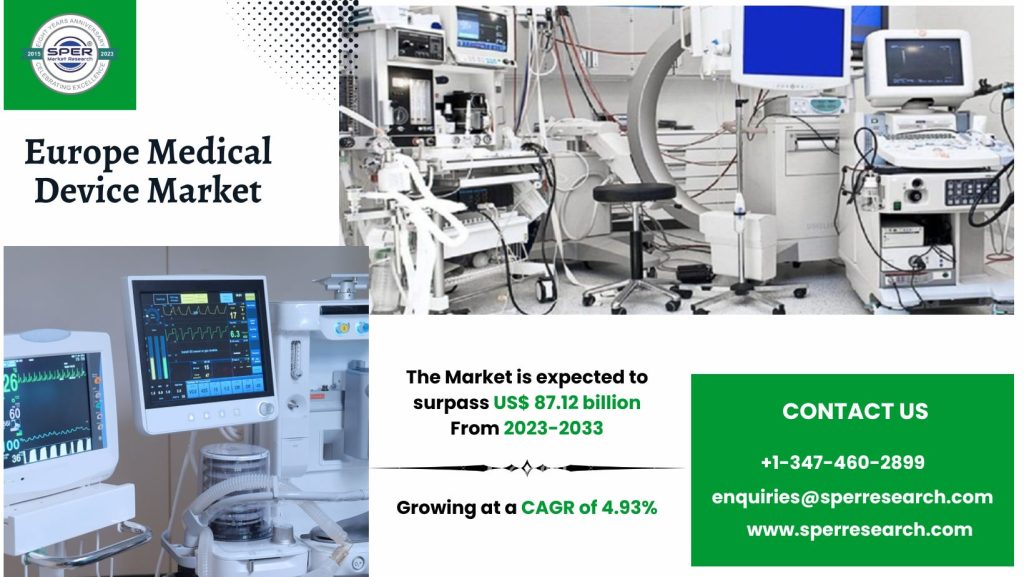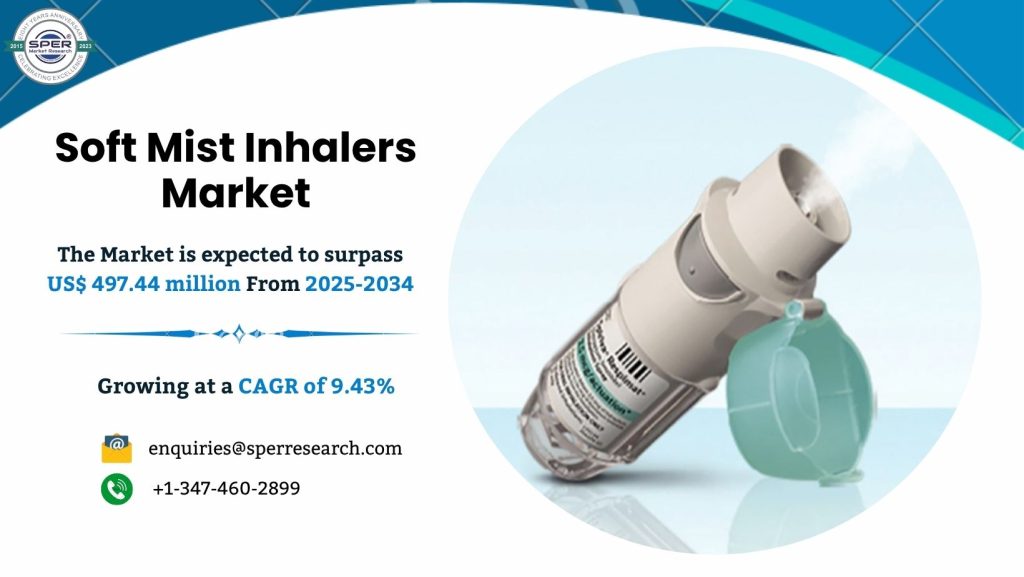A C-arm is a medical imaging device used primarily in surgical, orthopedic, and emergency care procedures. The C-arm, so named because of its C-shaped arm that joins the X-ray source and detector, offers real-time, high-resolution fluoroscopic images to help physicians navigate complicated operations. It enables precise visualization of internal structures such as bones, blood vessels, and implants without the need for invasive surgery. Mobile and versatile, C-arms are essential in procedures like angiography, pain management, and spinal surgeries. Their ability to offer dynamic imaging during operations improves accuracy and patient outcomes, making them a vital tool in modern medical practice.
According to SPER market research, ‘Global C-arm Market Size- By Type, By Application, By Detector, By End-User- Regional Outlook, Competitive Strategies and Segment Forecast to 2034’ state that the Global C-arm Market is predicted to reach 4.06 billion by 2034 with a CAGR of 5.36%.
Drivers:
The growing need for minimally invasive operations, which depend on real-time imaging for accuracy and safety, is fueling the C-arm market’s expansion. Rising incidences of chronic diseases such as cardiovascular disorders, orthopedic conditions, and cancer have led to a surge in surgical procedures, boosting the need for advanced imaging solutions like C-arms. Technological advancements, including the integration of AI, digital imaging, and 3D visualization, are enhancing diagnostic capabilities and expanding clinical applications. Moreover, the rising geriatric population, increased healthcare expenditures, and the growing adoption of mobile C-arms in outpatient and ambulatory surgical centers further support market growth, especially in emerging economies with improving healthcare infrastructure.
Request a Free Sample Report: https://www.sperresearch.com/report-store/c-arm-market?sample=1
Restraints:
The C-arm market faces several challenges despite its growing demand. High costs associated with advanced C-arm systems, including purchase, installation, and maintenance, can be a barrier for smaller hospitals and clinics, particularly in developing regions. Additionally, the need for skilled professionals to operate and interpret imaging results limits adoption in areas with workforce shortages. Radiation exposure risks to both patients and healthcare workers also raise safety concerns, necessitating strict regulatory compliance and protective measures. Furthermore, limited reimbursement policies and budget constraints in public healthcare systems can hinder procurement. These factors collectively pose obstacles to the widespread adoption and expansion of C-arm technology globally. North America held the largest share in the Global C-arm market in 2024. It is driven due to its advanced healthcare infrastructure, high adoption of medical technologies, and a large patient population requiring procedures. This dominance is supported by factors like significant healthcare expenditure, a high prevalence of chronic diseases, and the presence of major manufacturers and their advanced products. Some of the key market players are Canon Medical Systems Corporation, FUJIFILM Corporation, General Electric Company (GE Healthcare), Genoray Co., Ltd, and others.
For More Information, refer to below link: –
Related Reports:
Retinal Implants Market Growth
Tourniquet Systems Market Growth
Follow Us –
LinkedIn | Instagram | Facebook | Twitter
Contact Us:
Sara Lopes, Business Consultant — USA
SPER Market Research
enquiries@sperresearch.com
+1–347–460–2899
